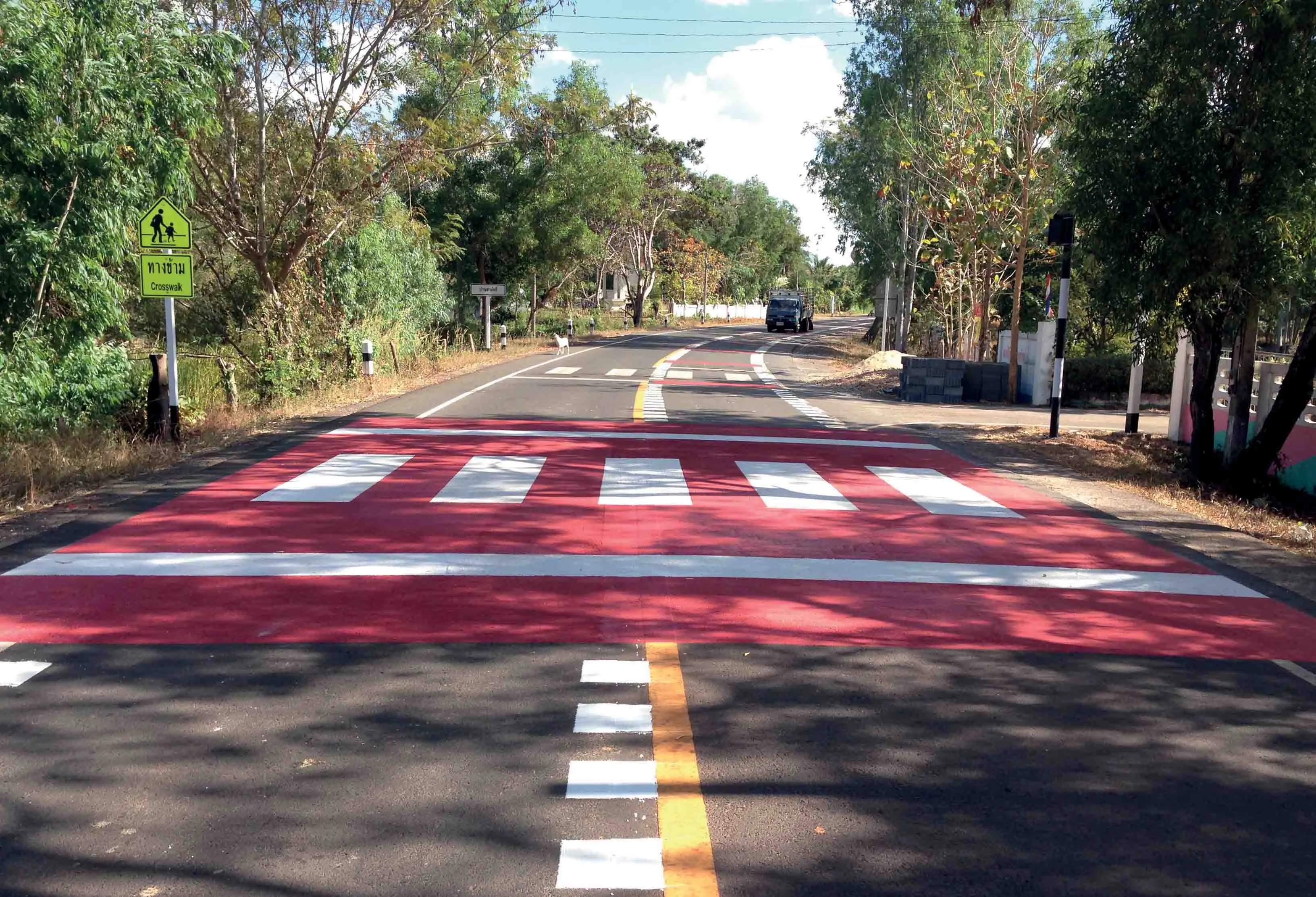Many of India's pedestrian crossings have been criticised for not actually leading anywhere. this particular crossing ends against a landscaped and fenced-in traffic island. Photo courtesy of World Highways reader BK Roy.
March 14, 2012
Read time: 1 min
Many of India's pedestrian crossings have been criticised for not actually leading anywhere. this particular crossing ends against a landscaped and fenced-in traffic island. Photo courtesy of World Highways reader BK Roy.









